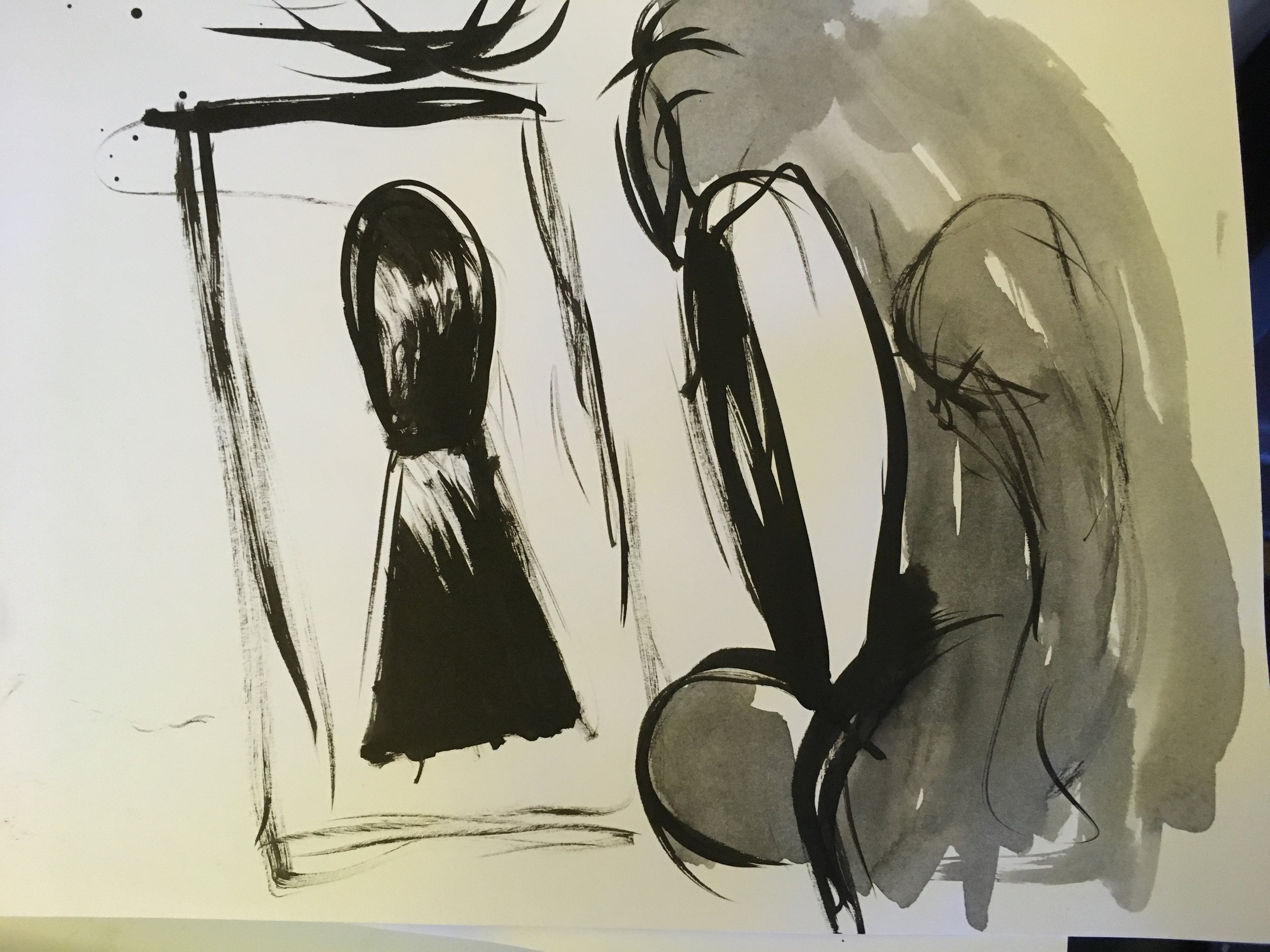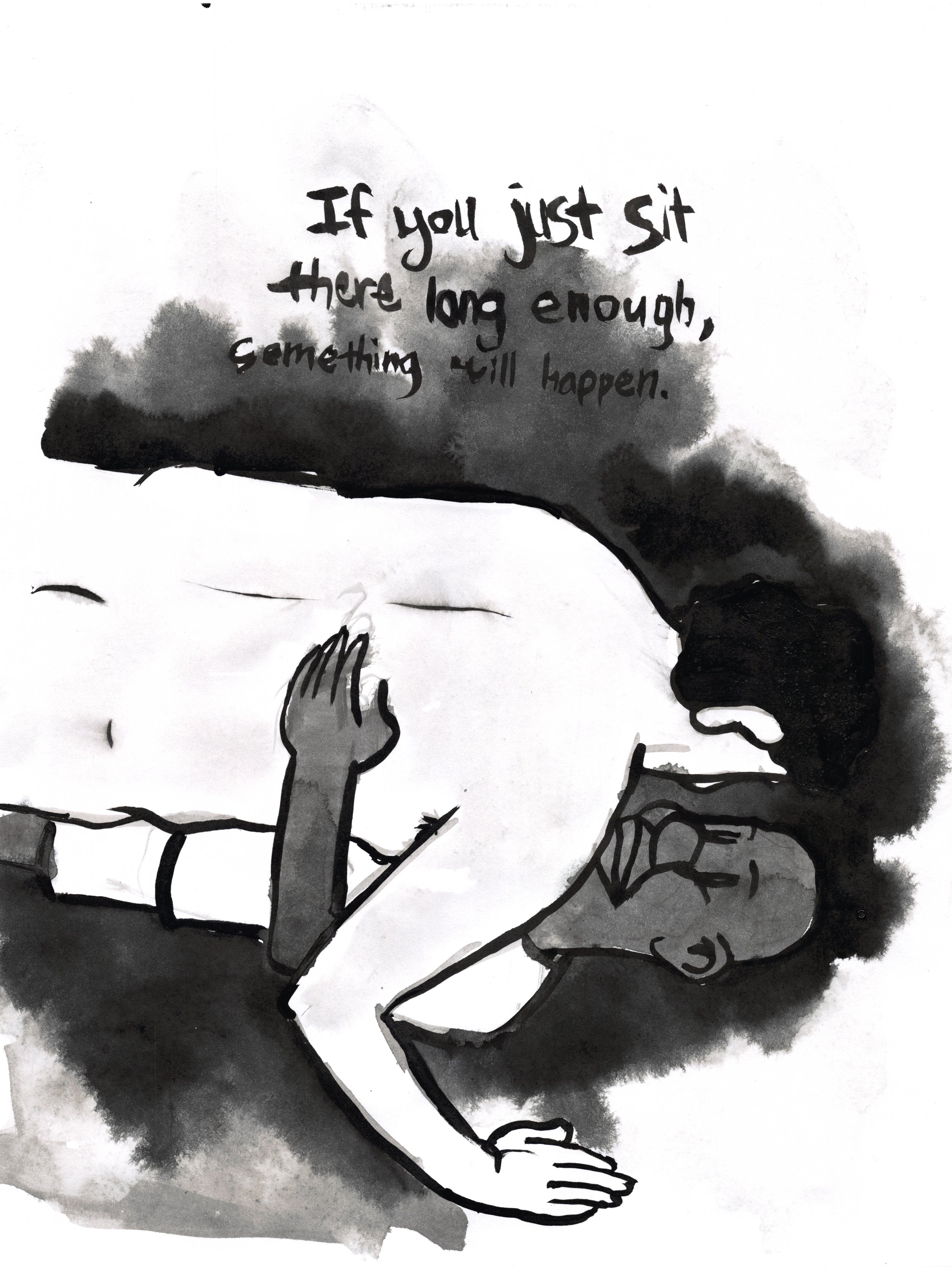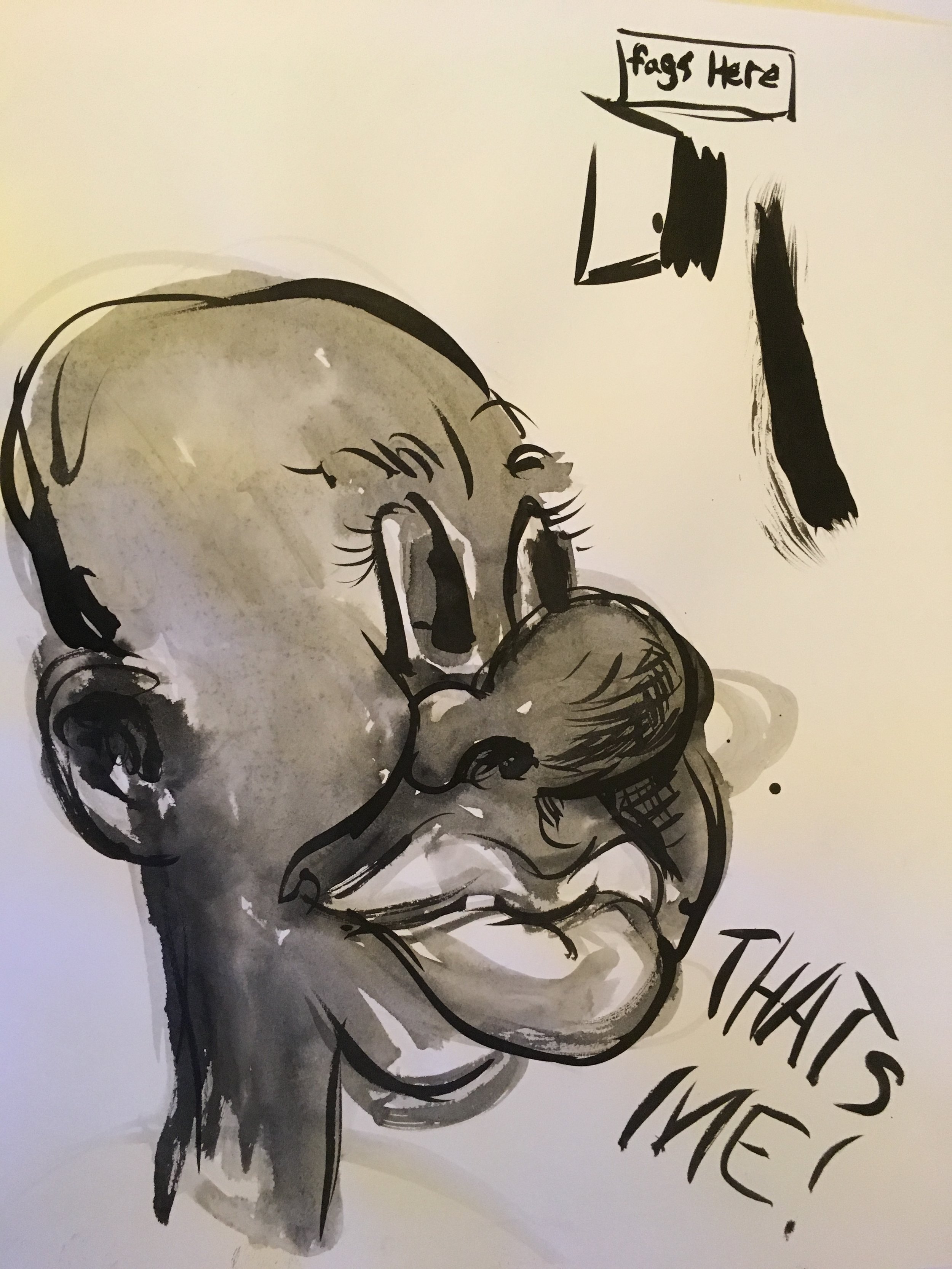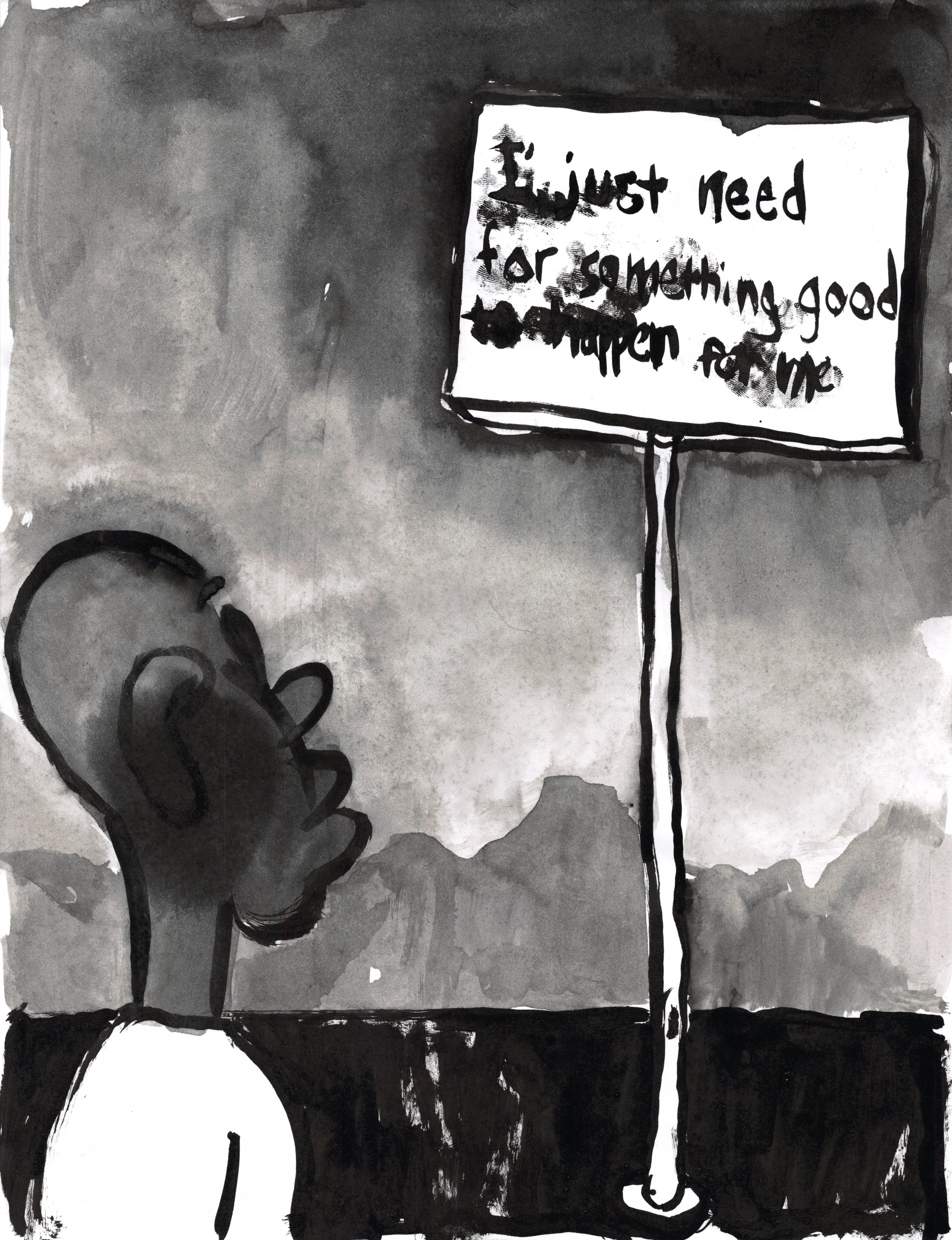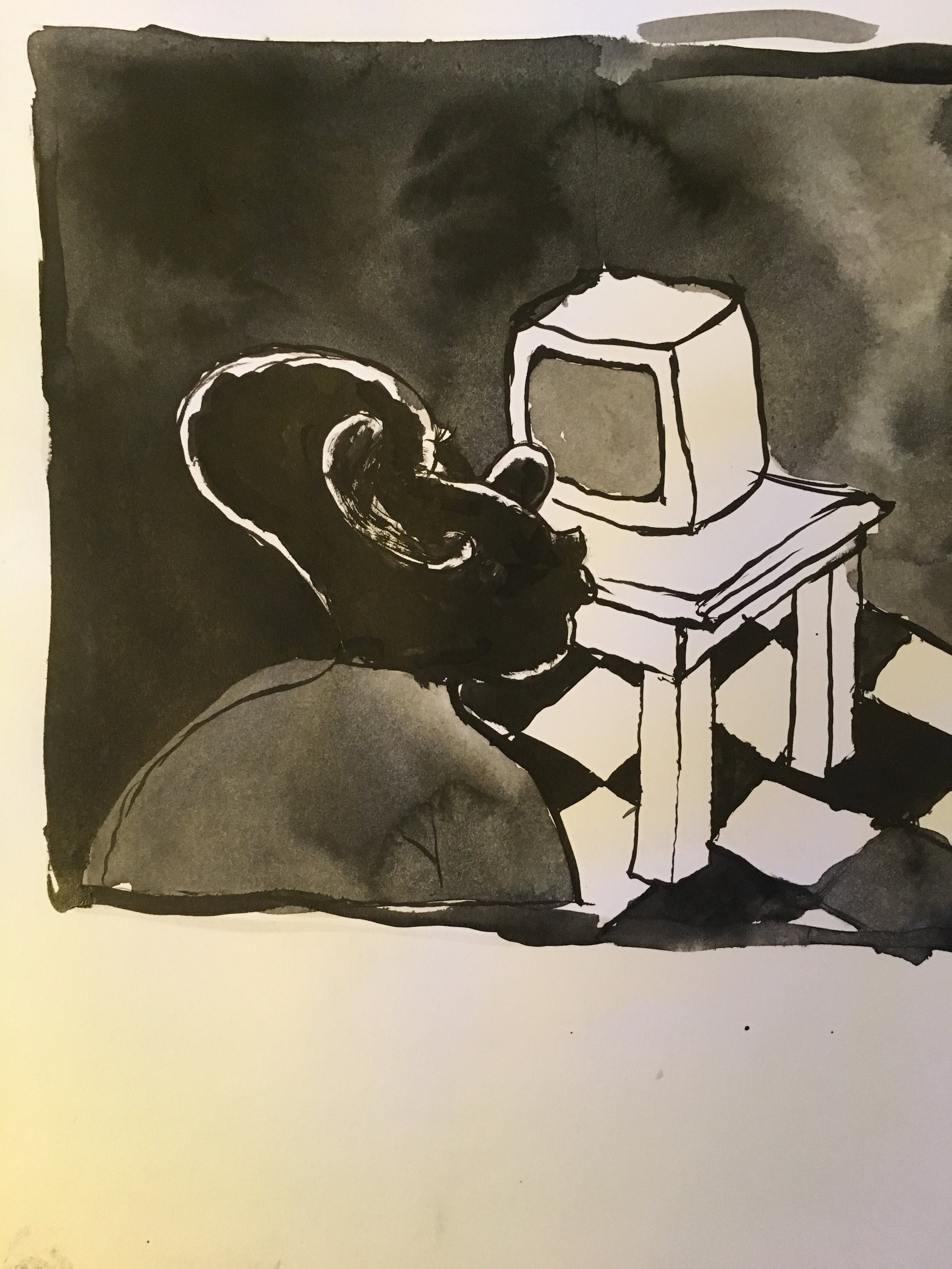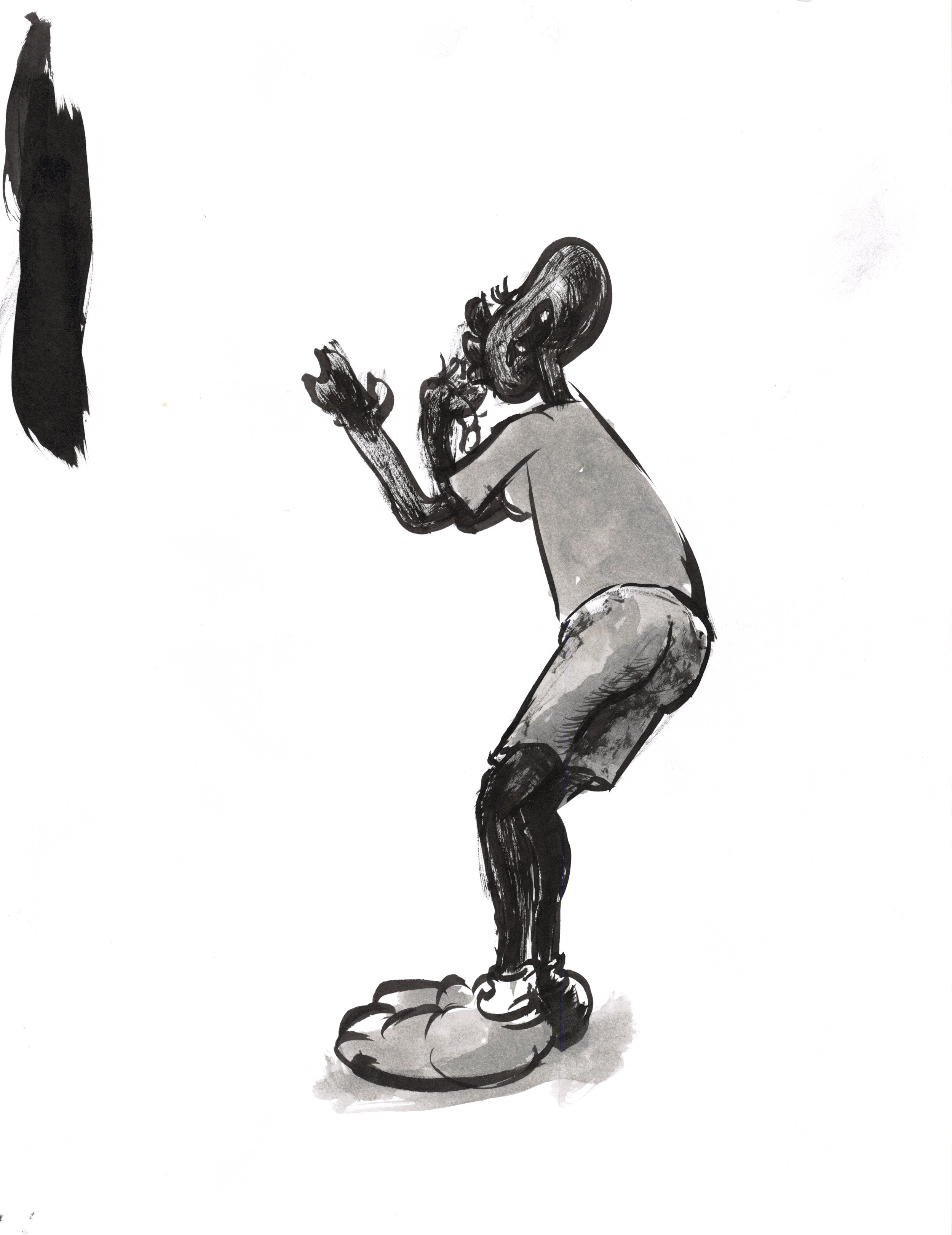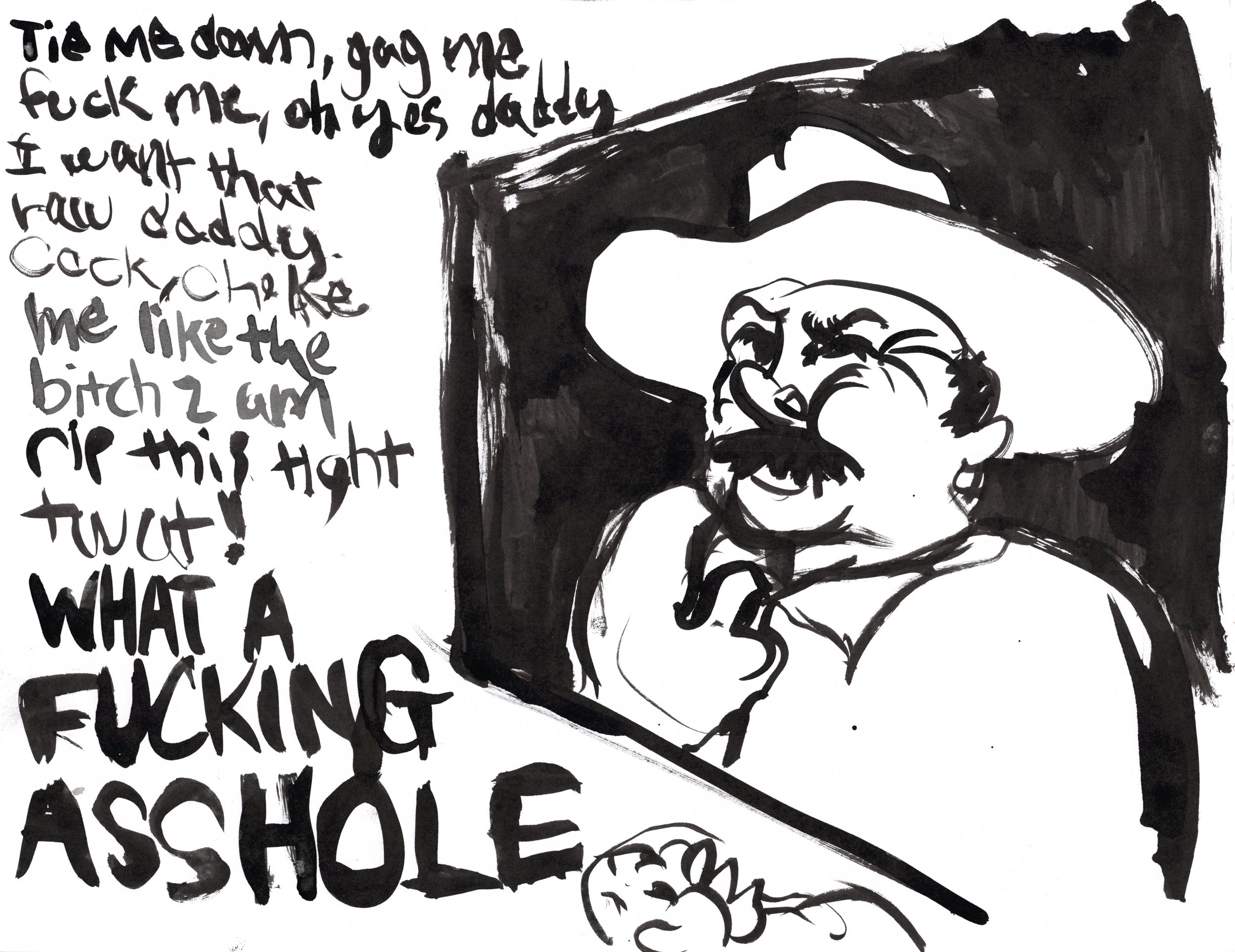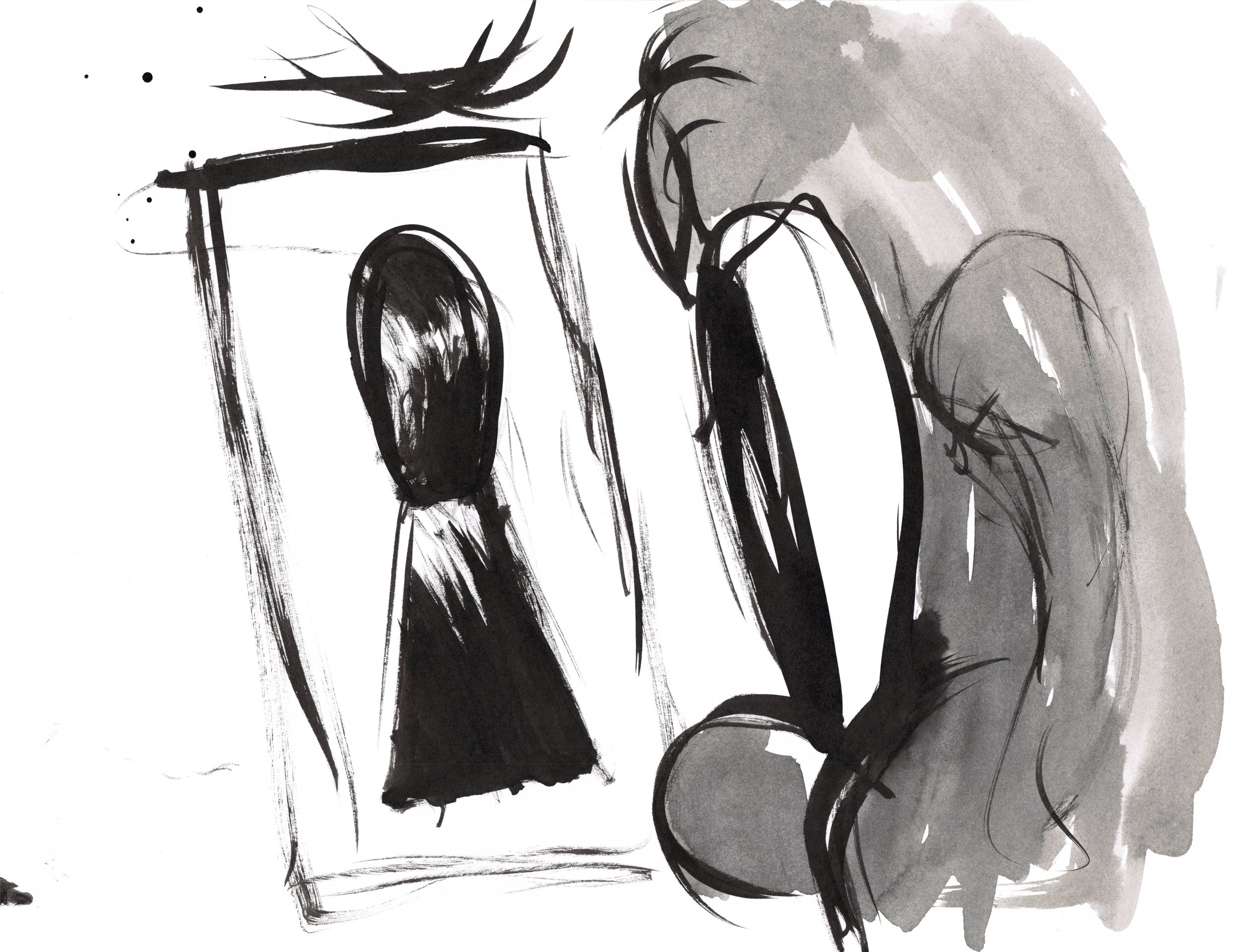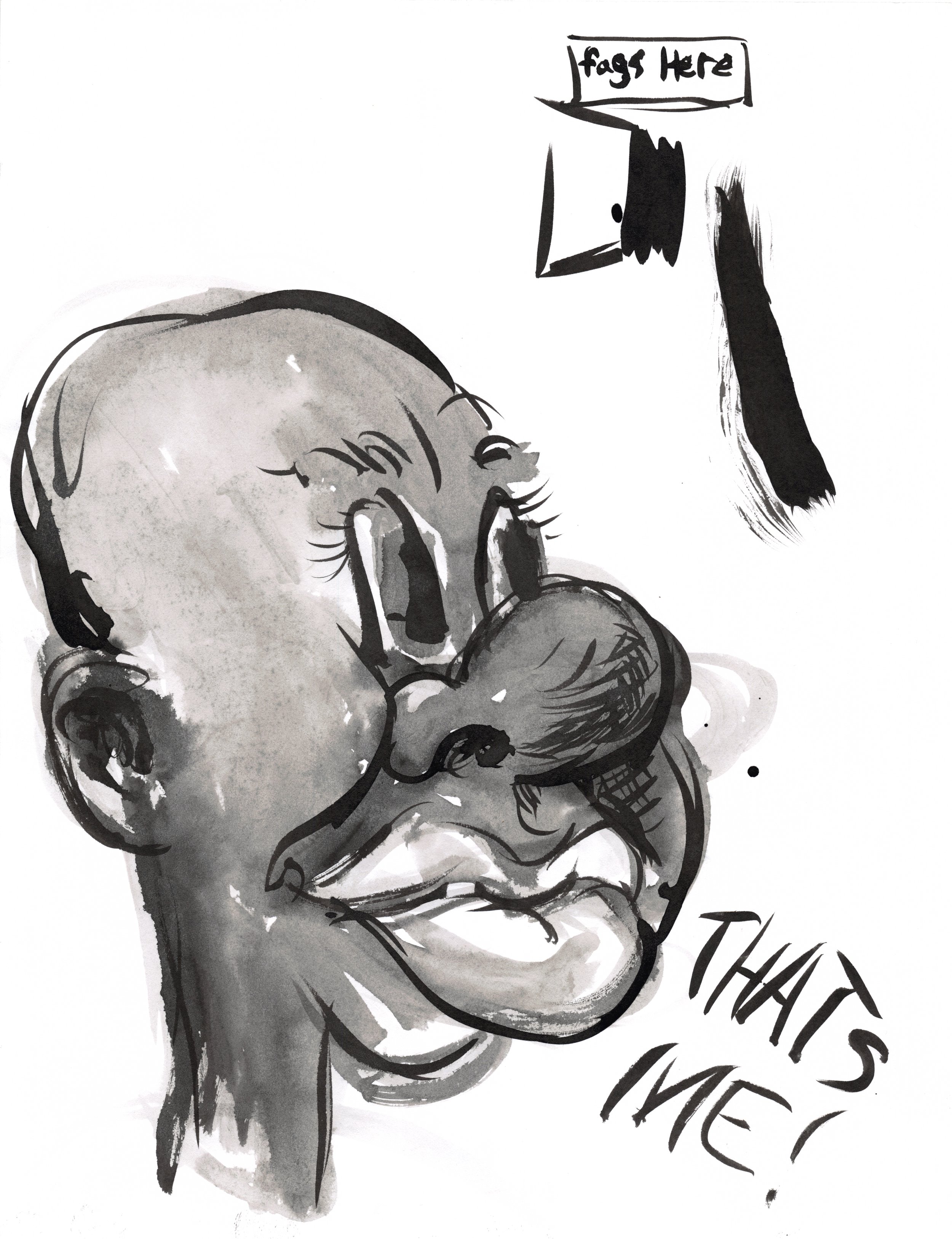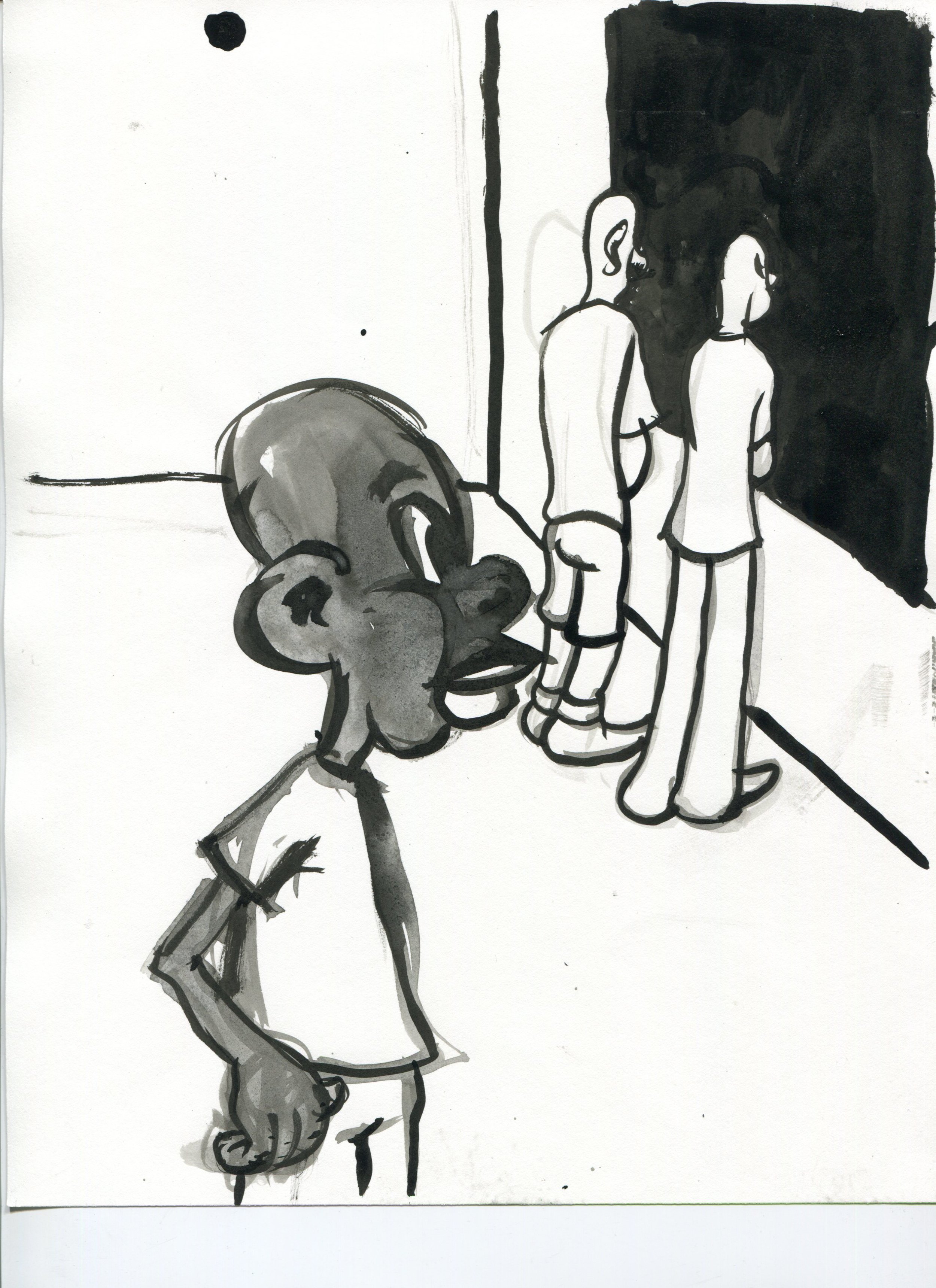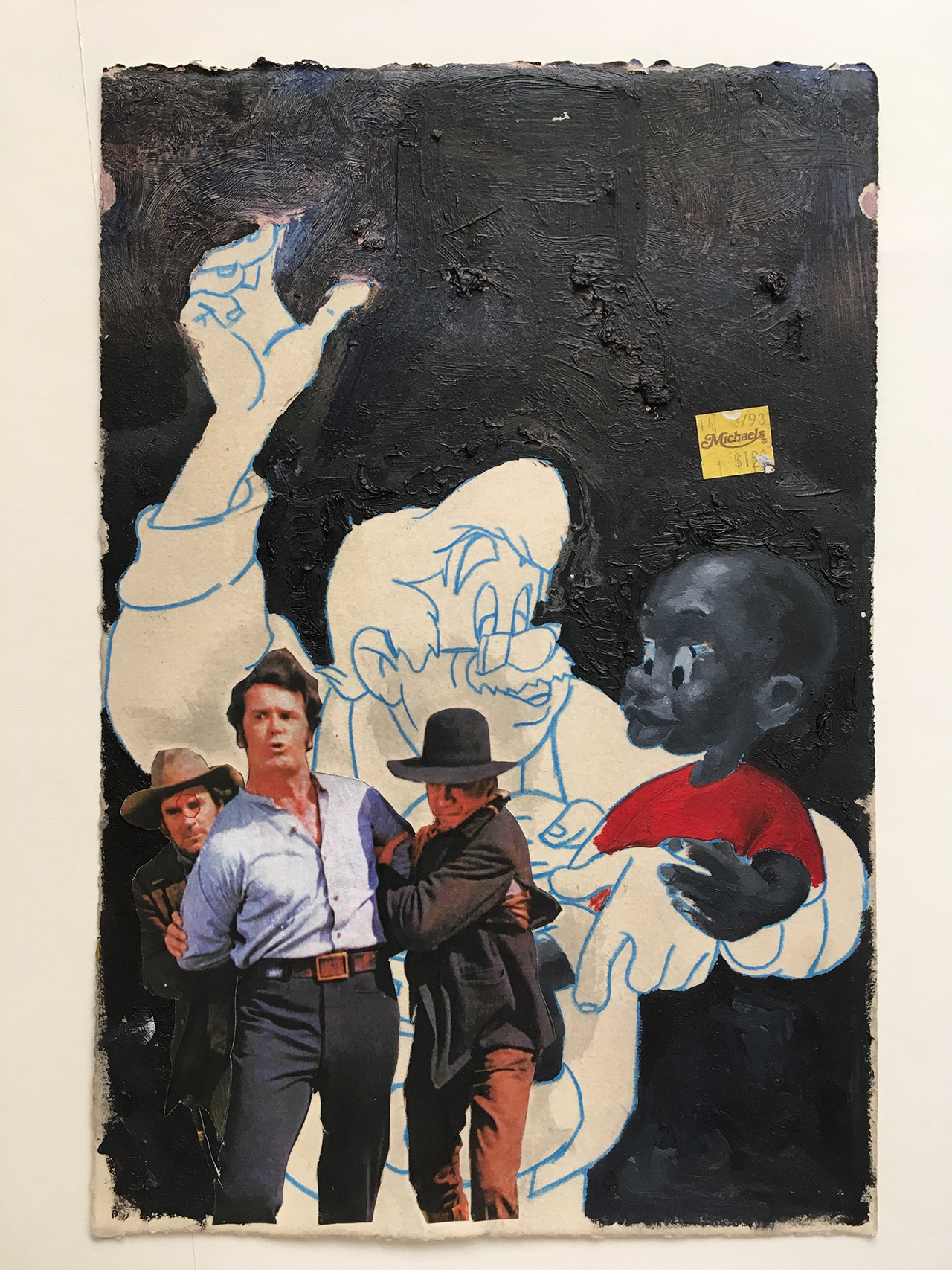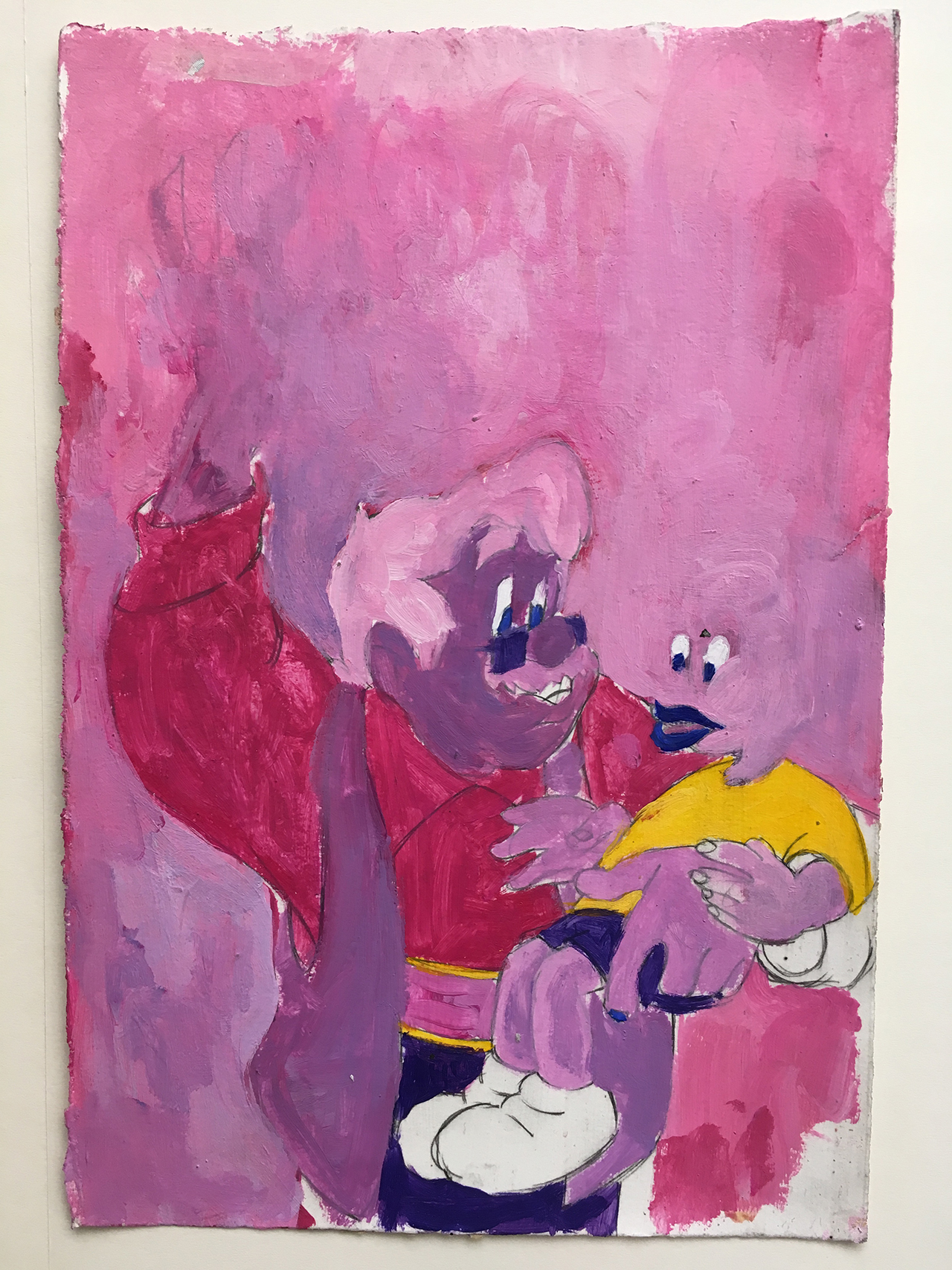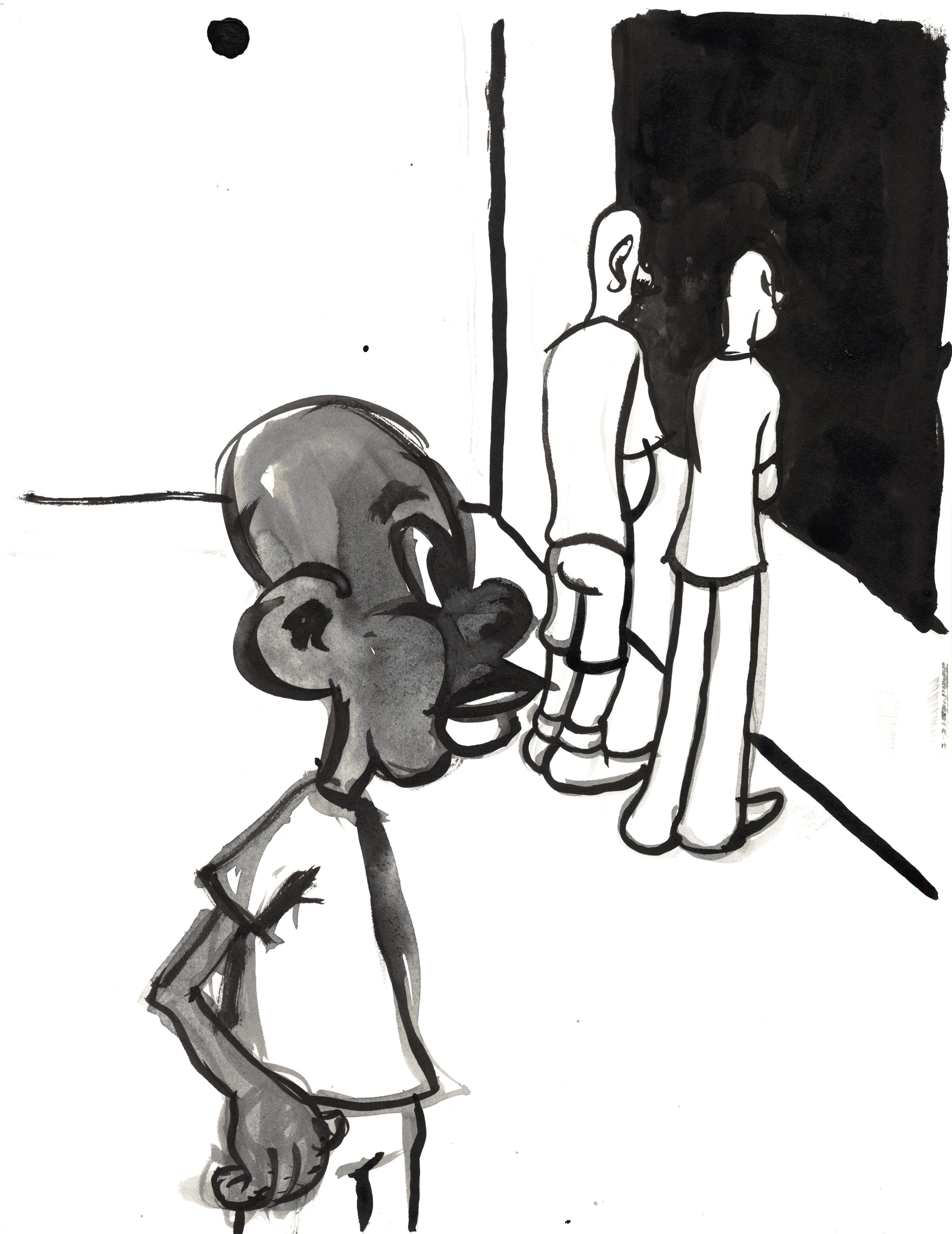ELLIOTT JAMAL ROBBINS
"Snow White Clapping"
OPENING RECEPTION: JUNE 3rd, 2018 (6-8pm)
June 3rd - July 22nd 2018
“It is a peculiar sensation, this double-consciousness, this sense of always looking at one’s self through the eyes of others, of measuring one by the tape of a world that looks on in amused contempt and pity. One ever feels his two-ness,—an American, a Negro... two thoughts, two unreconciled strivings; two warring ideals in one dark body, whose dogged strength alone keeps it from being torn asunder“ – W.E.B Dubois, The Souls of Black Folk
“Is there not a concurrent regression to and fixation at pregenital levels of sexual development? Self-castration? (The Negro is taken as a terrifying penis.) Passivity justifying itself by the recognition of the superiority of the black man in terms of sexual capacity? It is obvious what a variety of questions it would be interesting to raise.” Frantz Fanon, Black Skin, White Masks
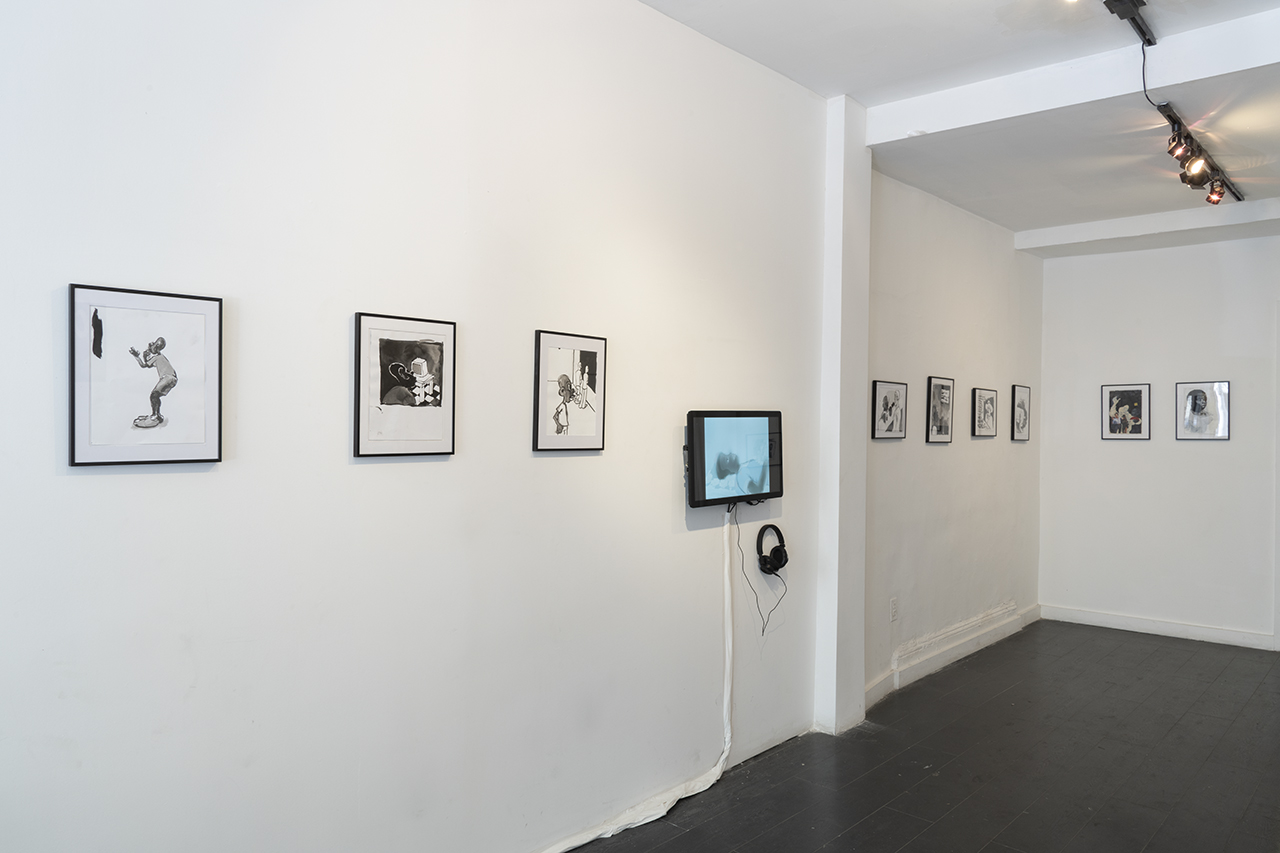
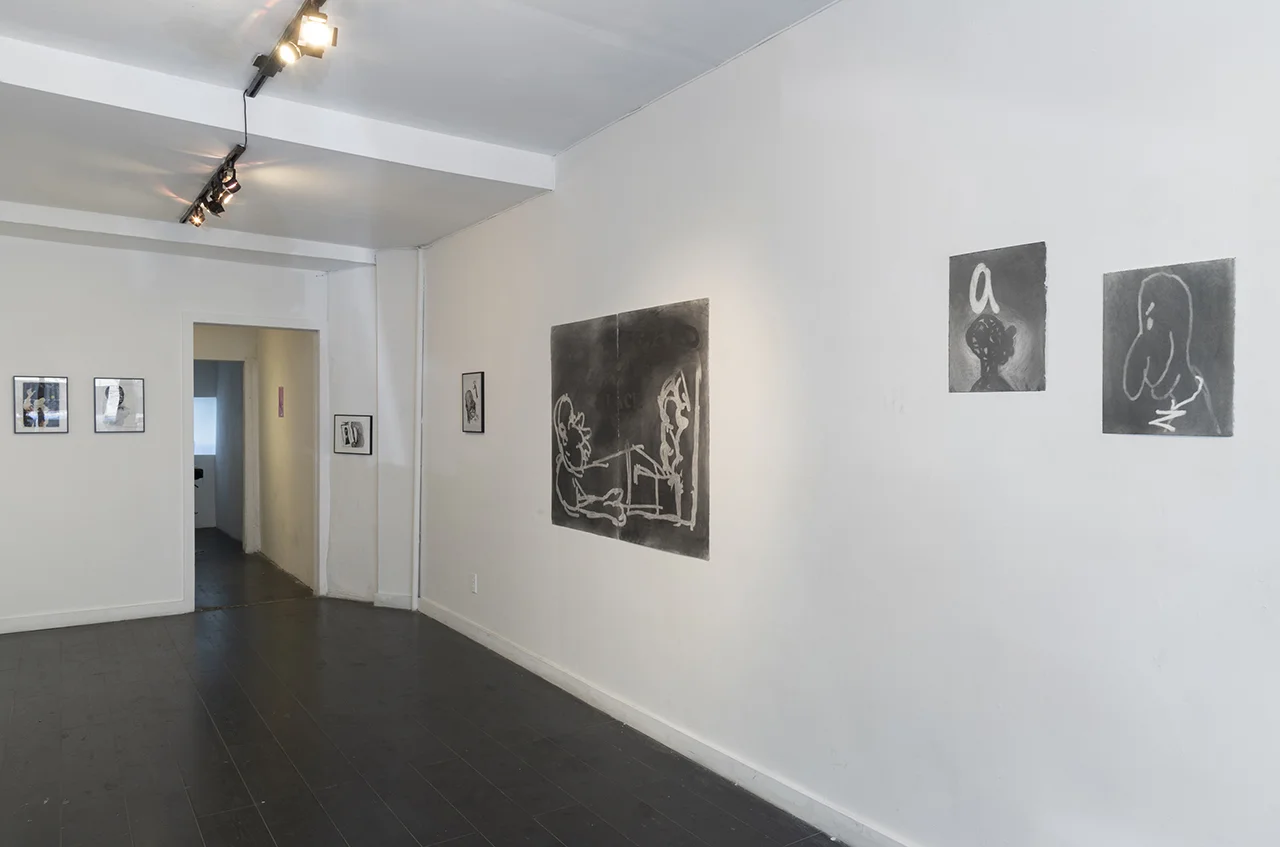
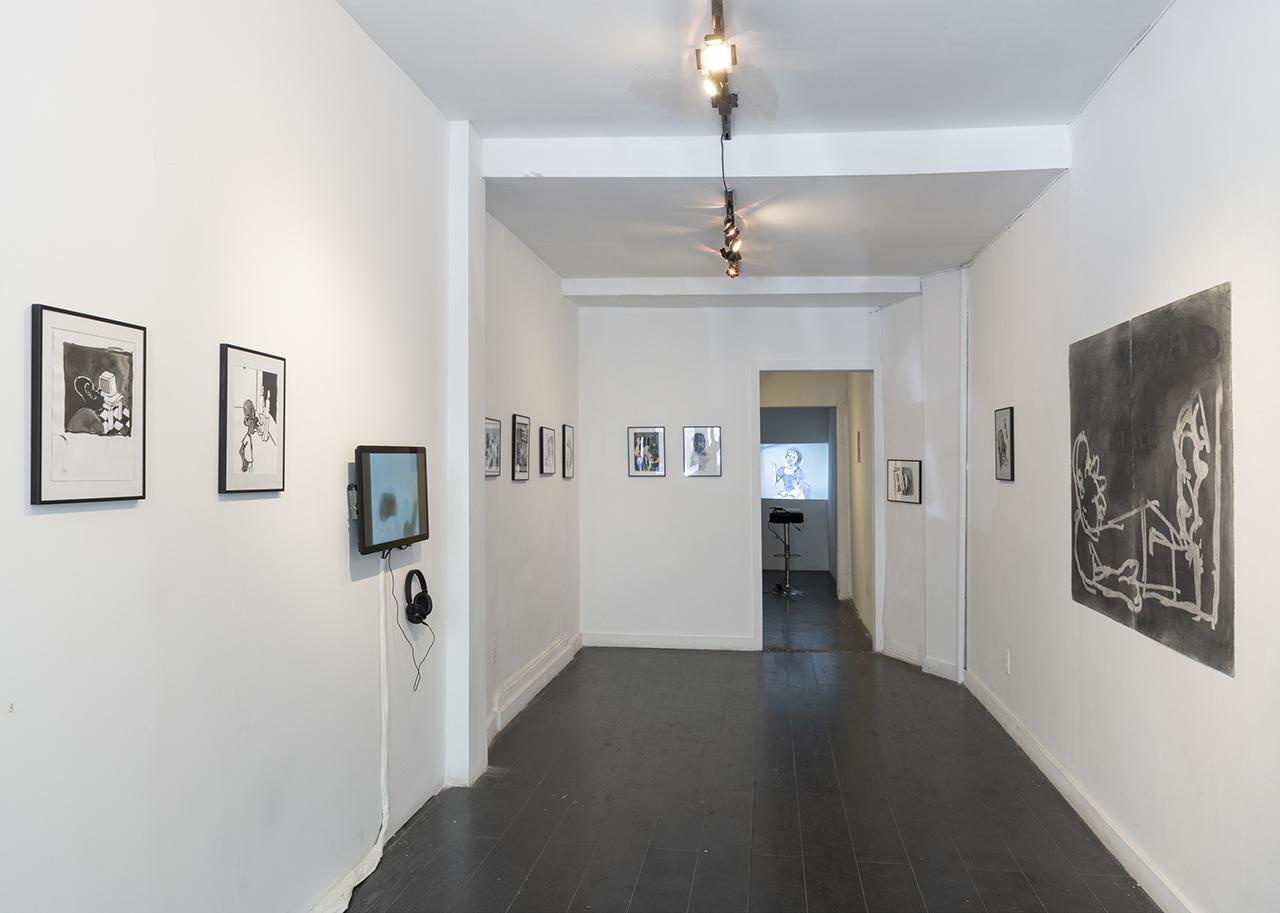
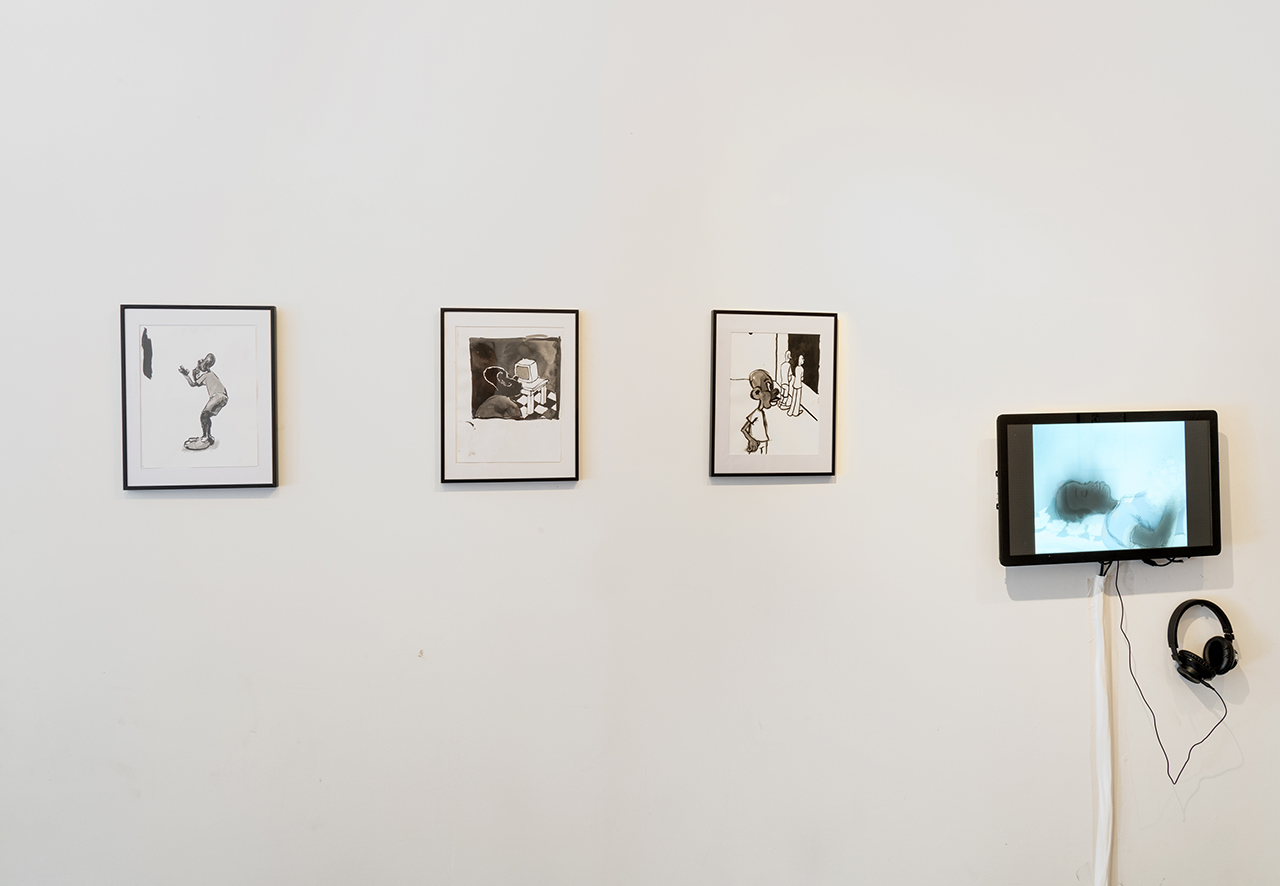
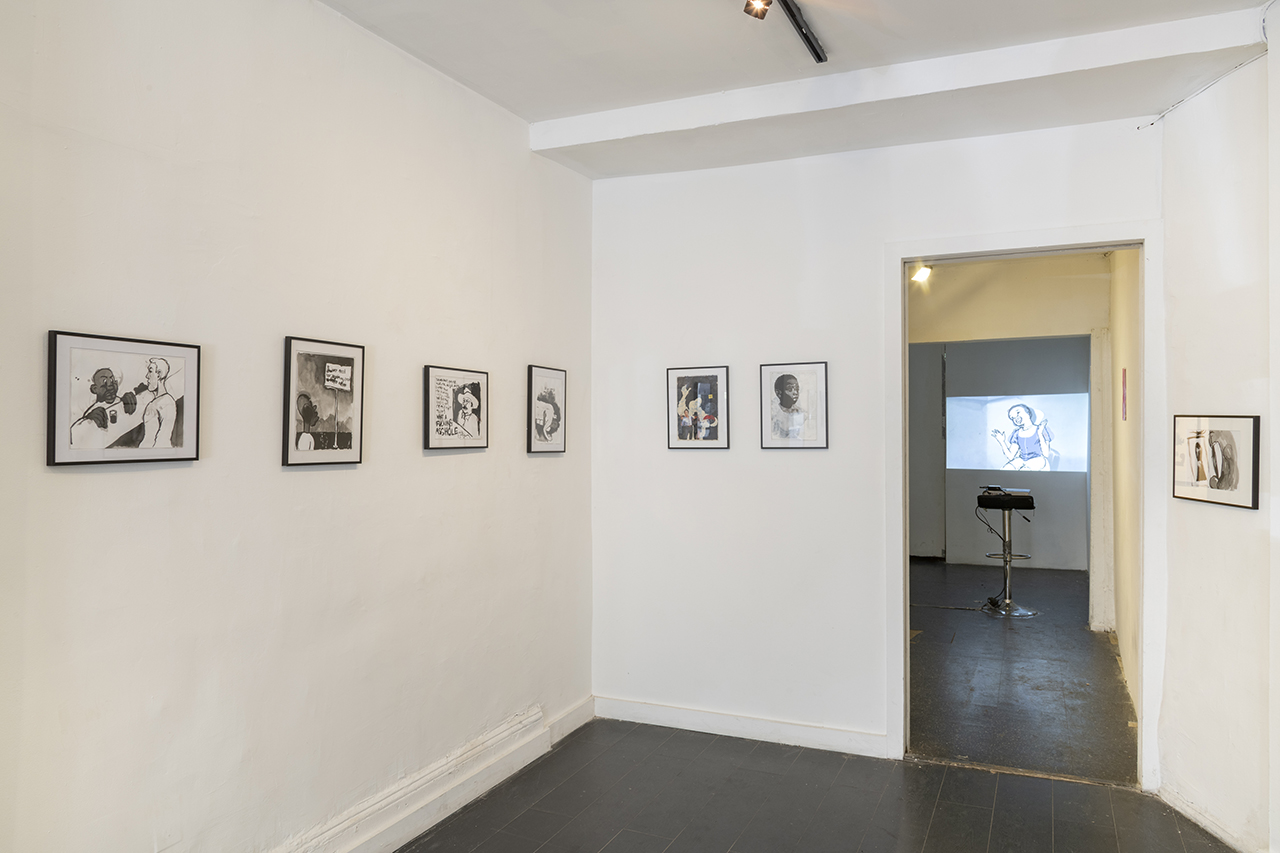
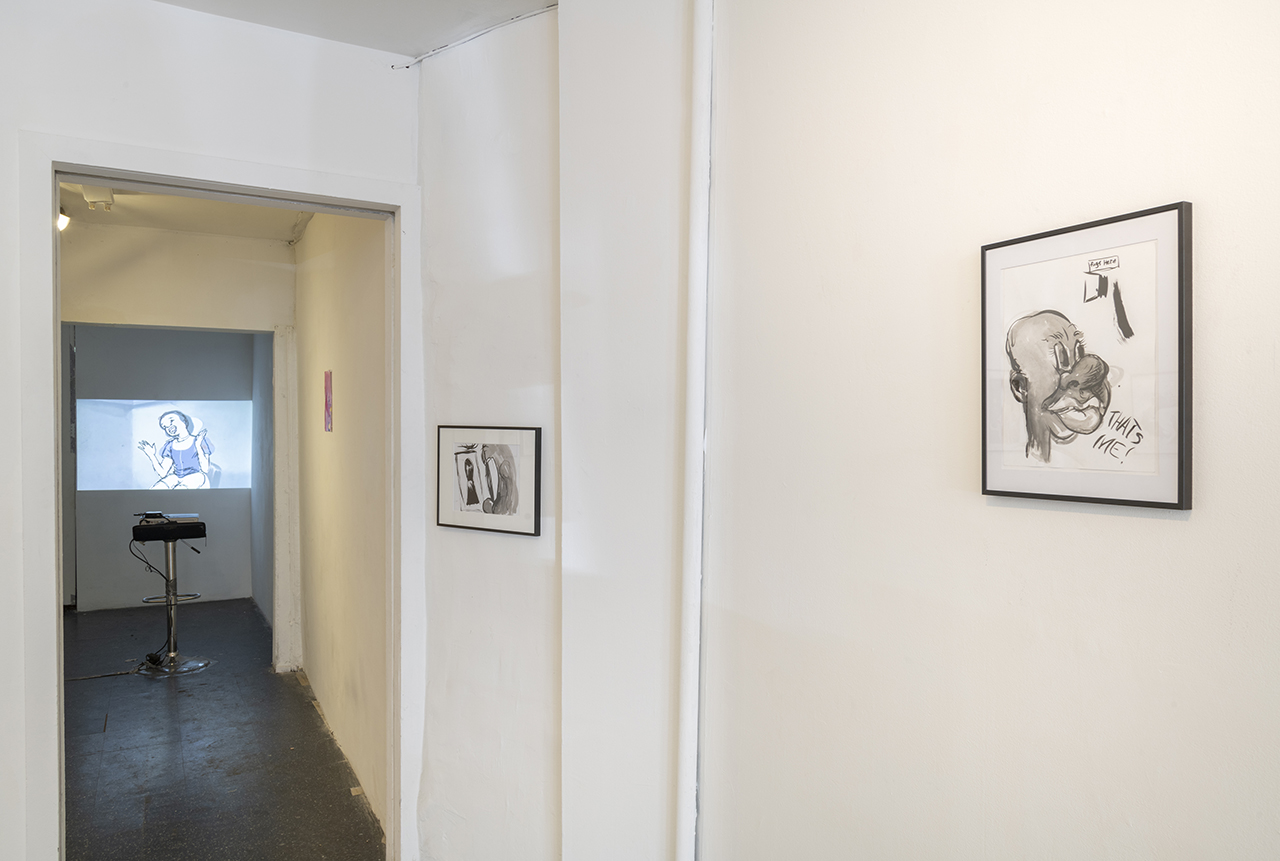
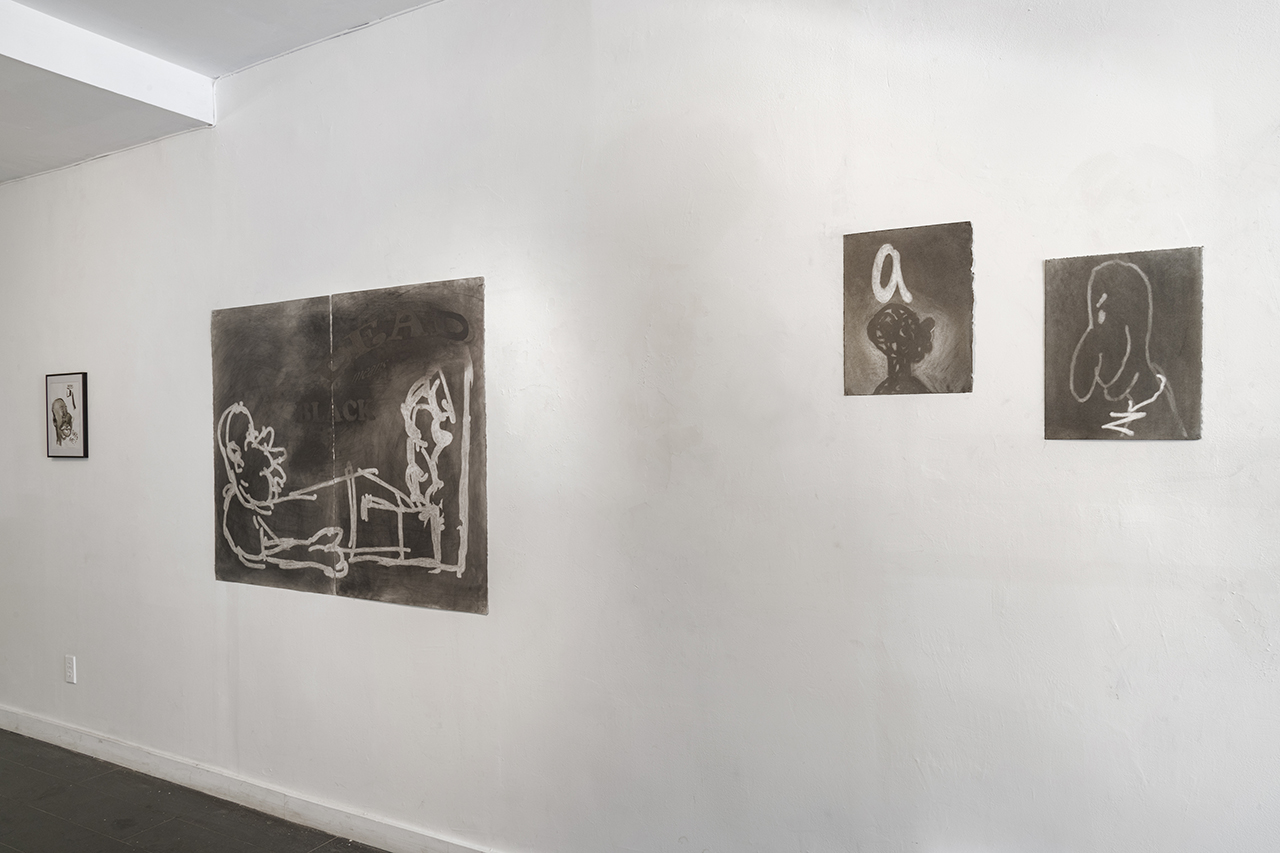
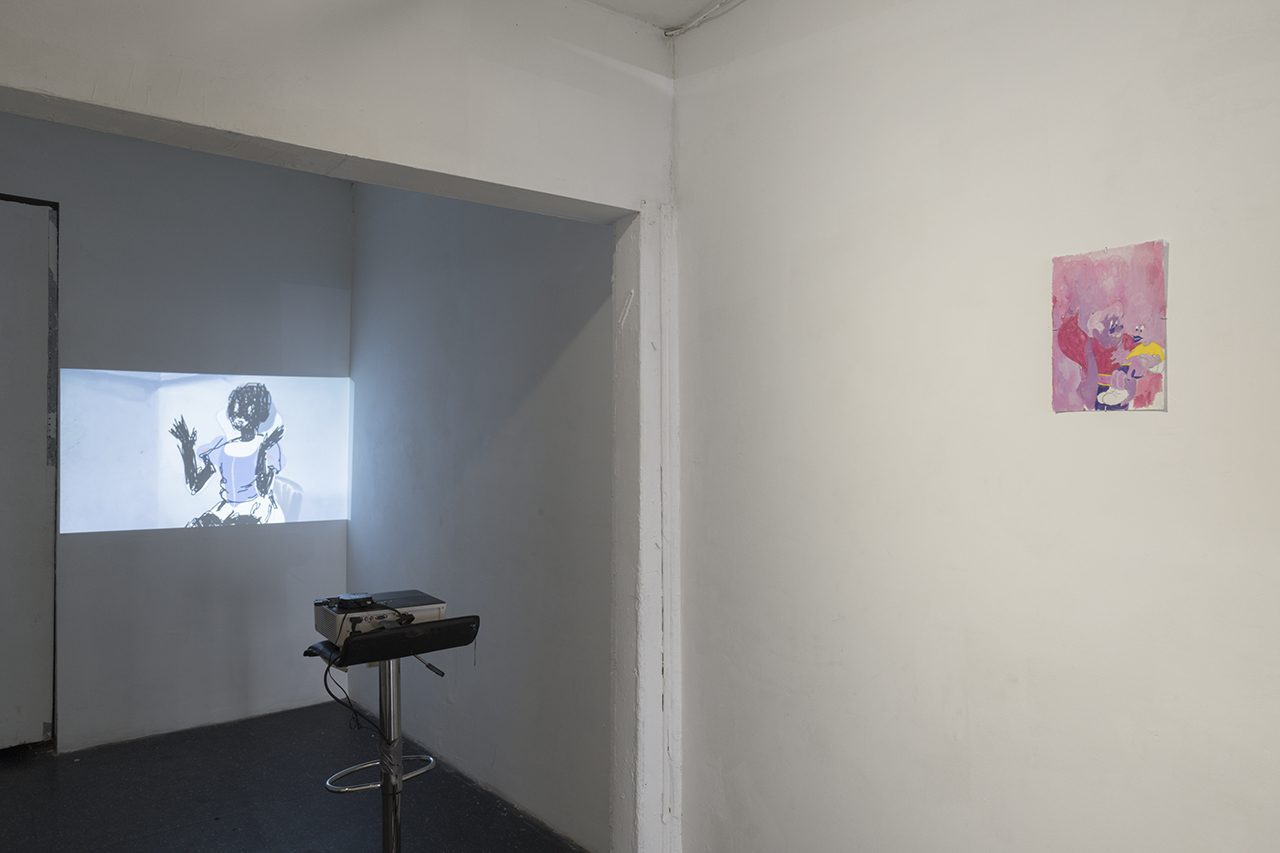
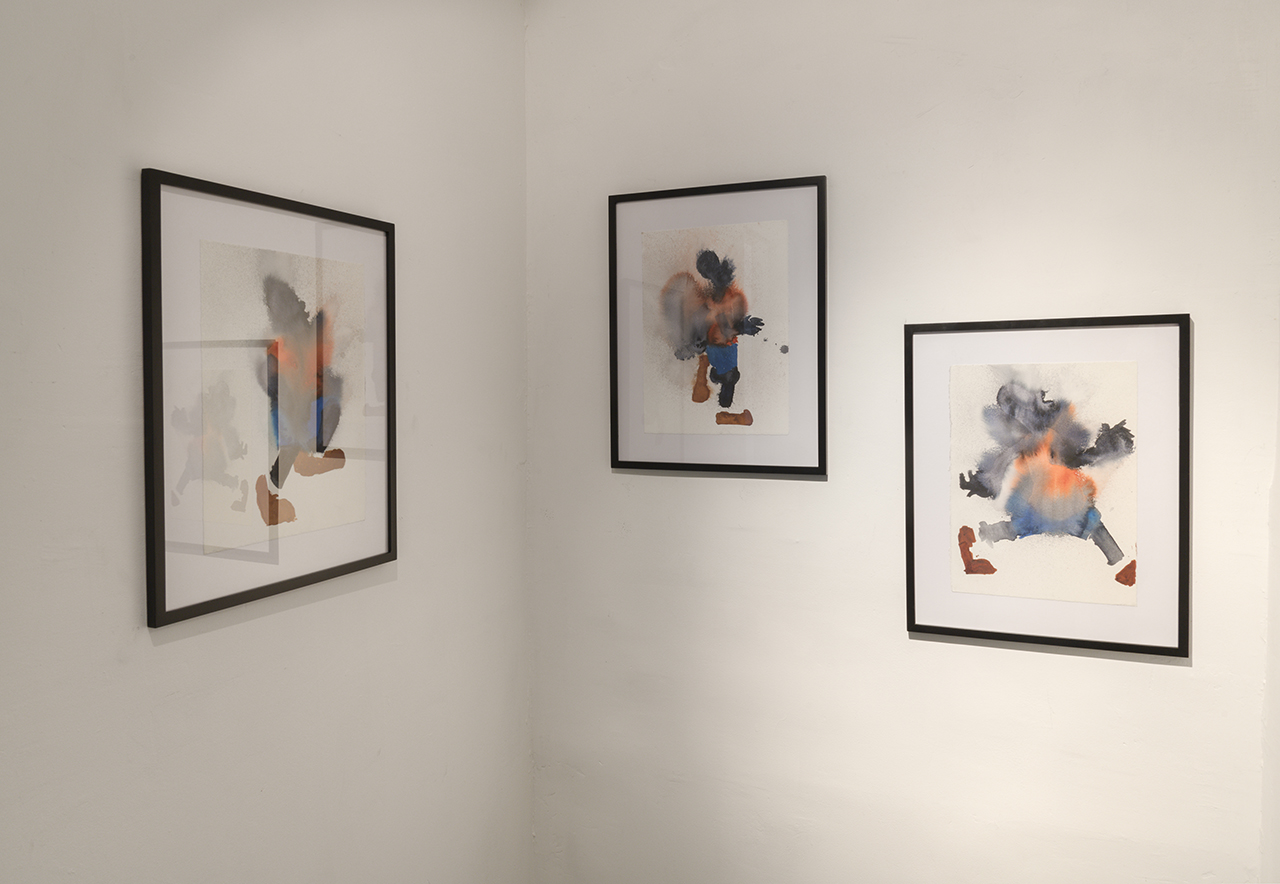
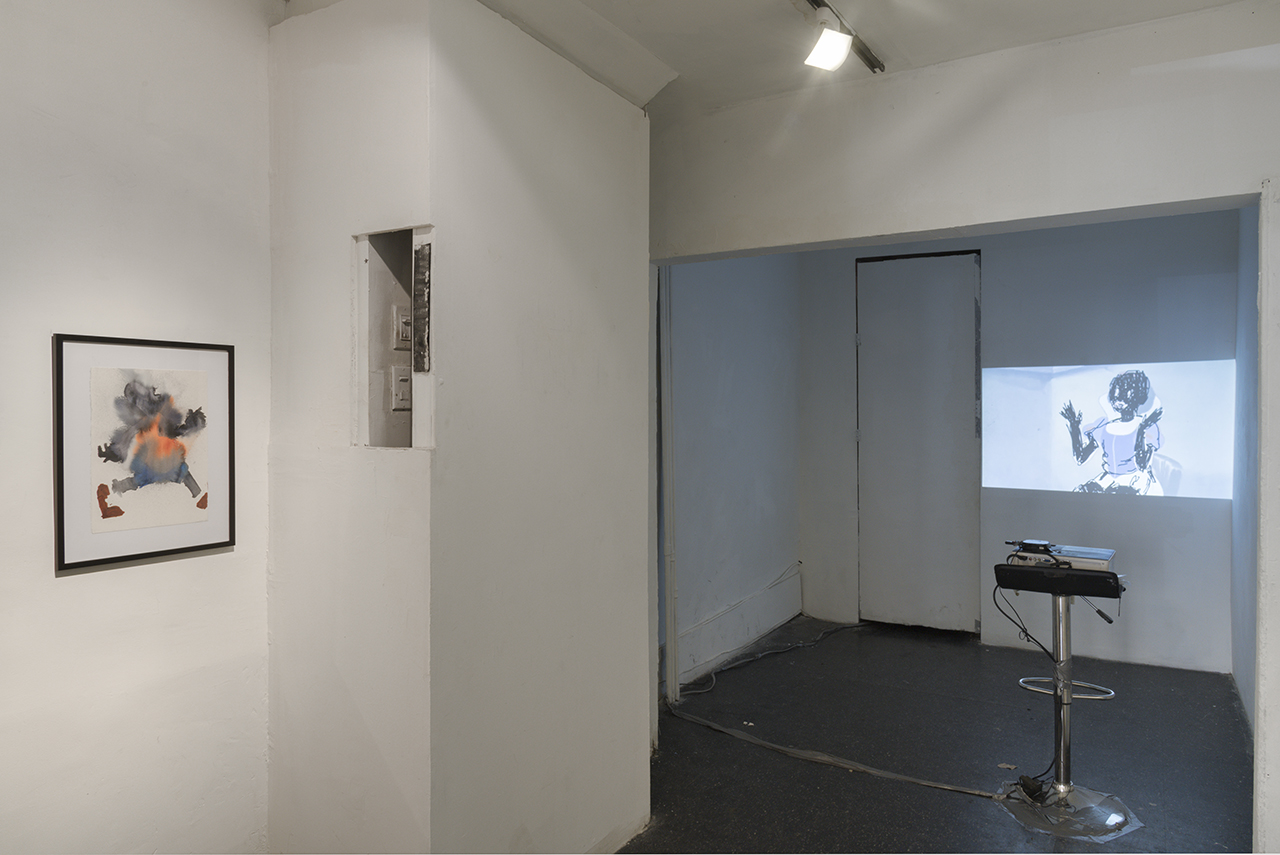
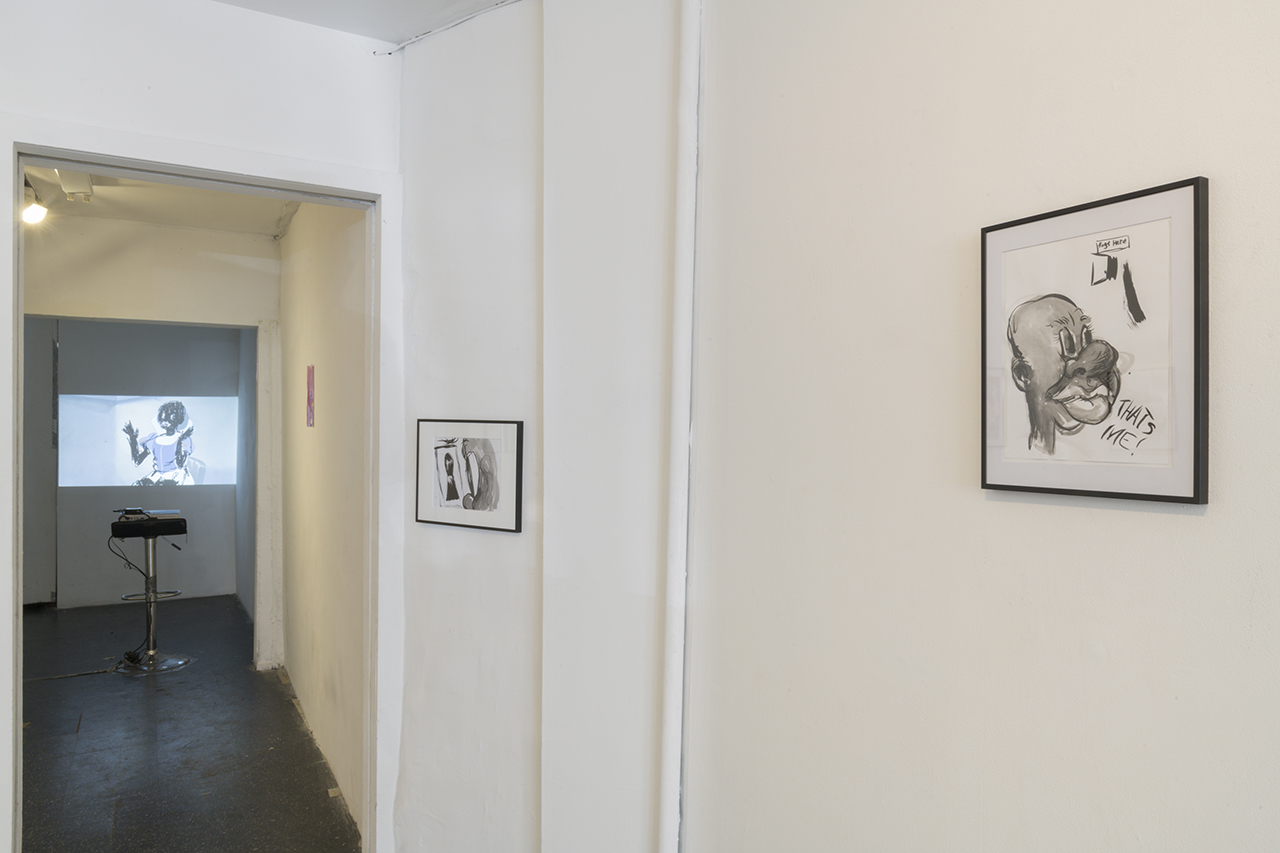
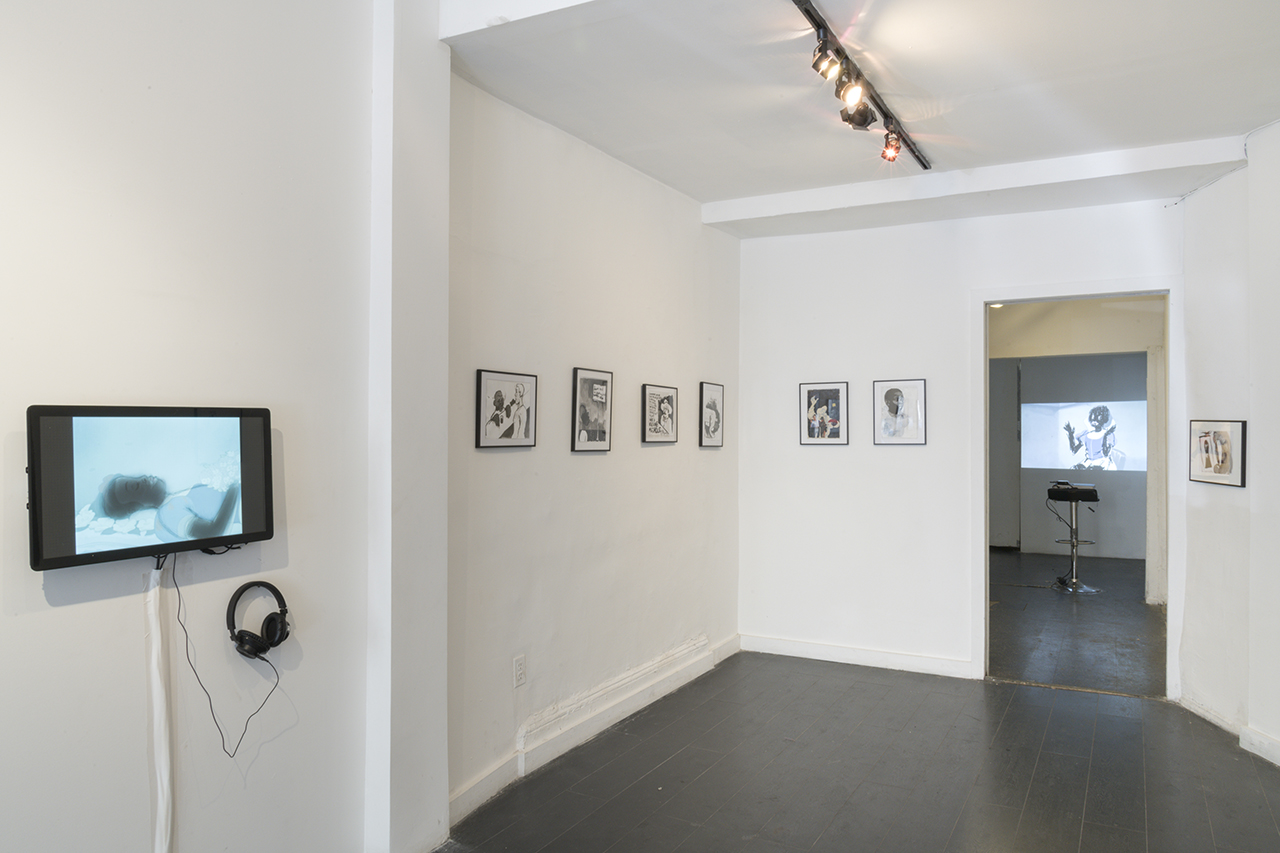
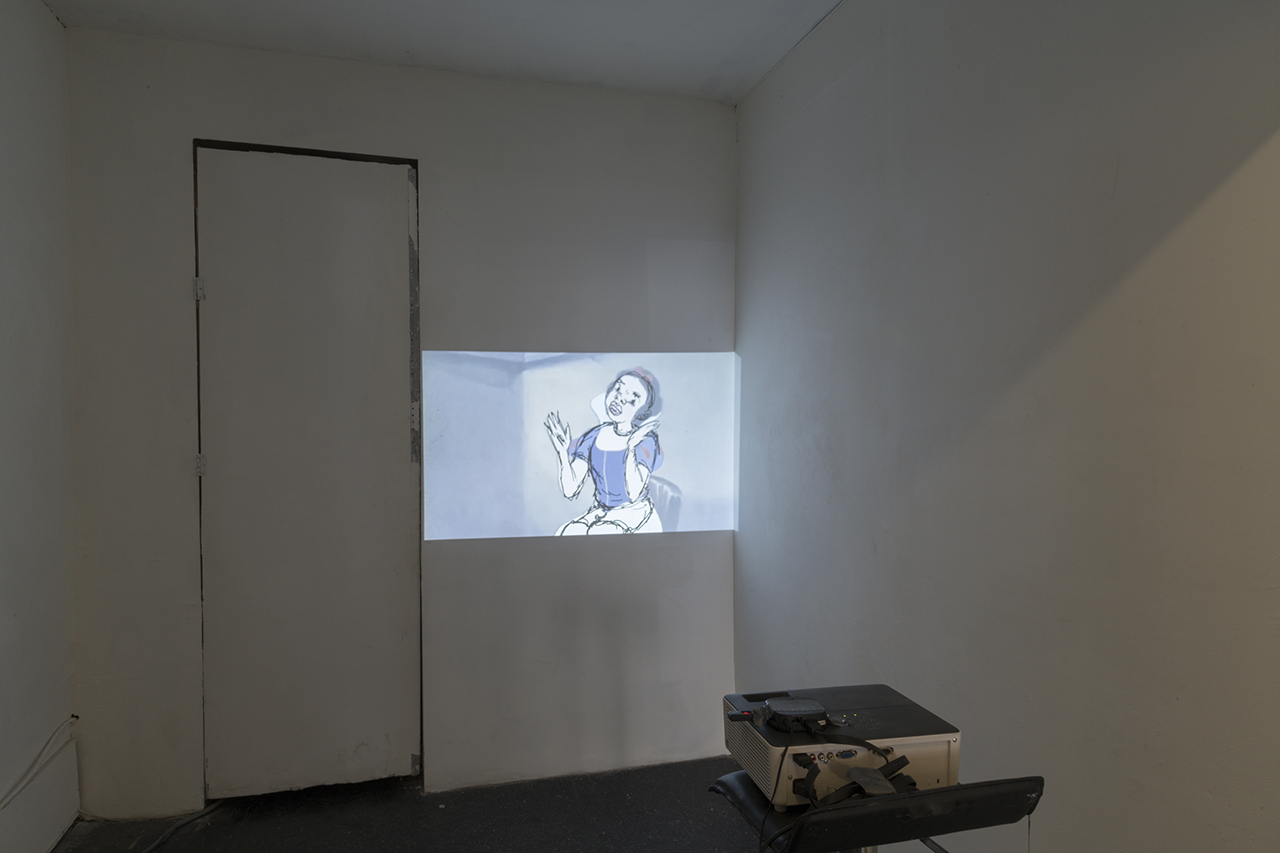
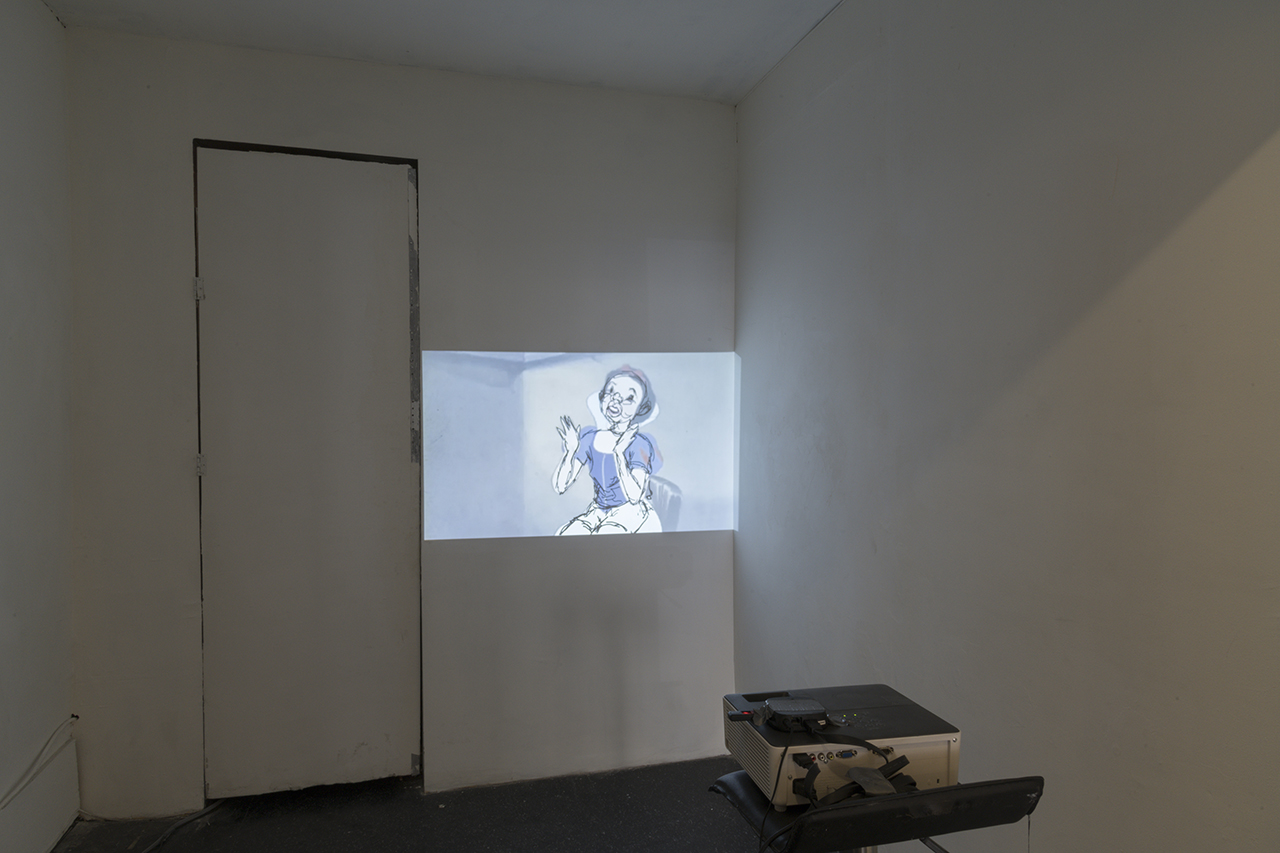
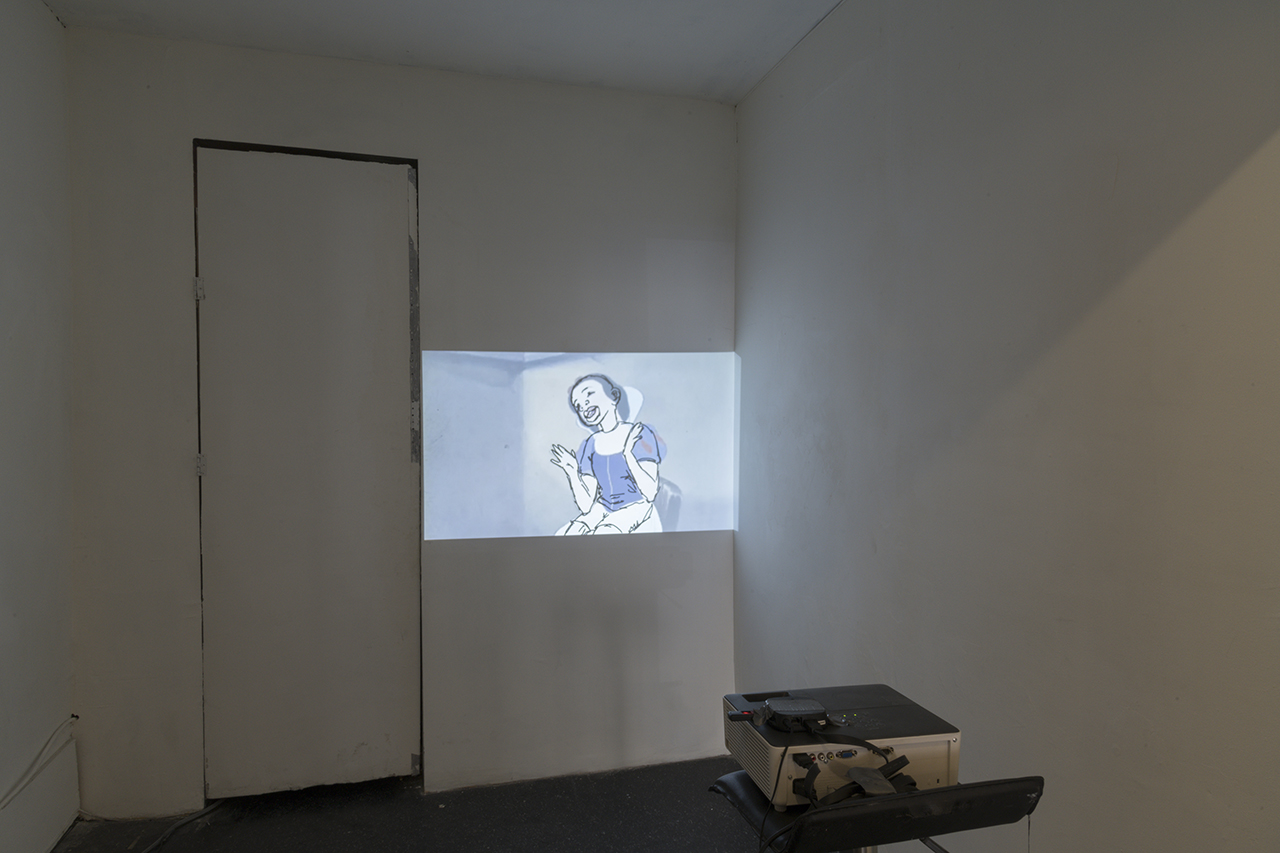
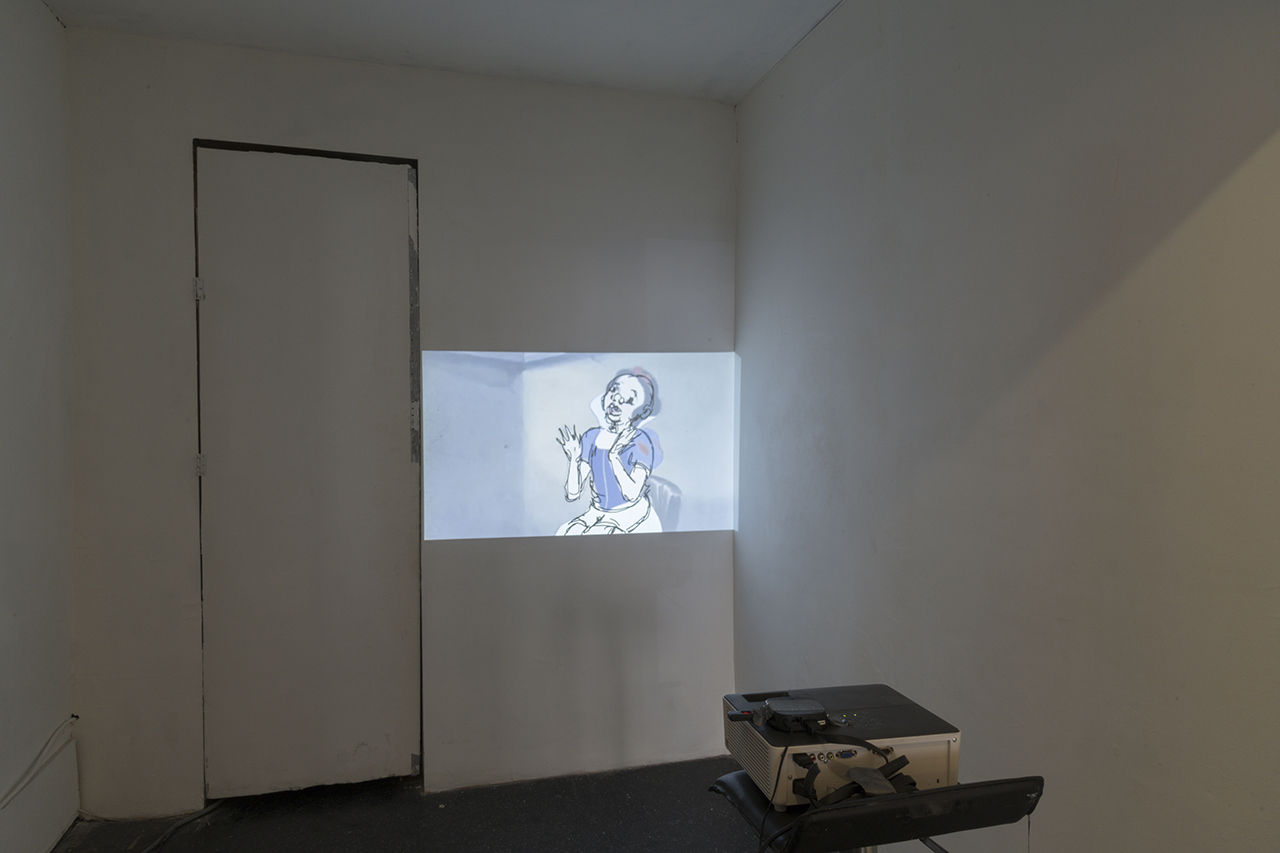
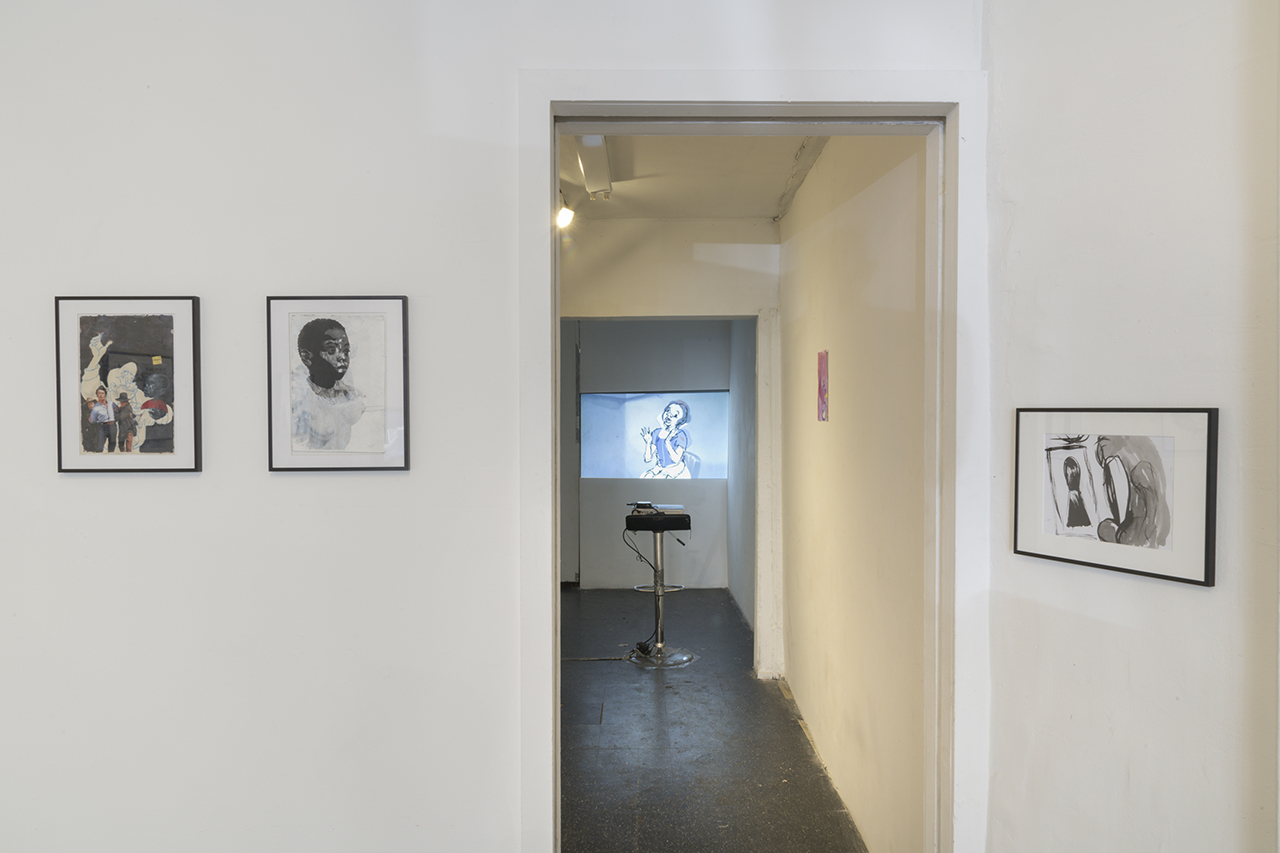
Kai Matsumiya presents “Snow White Clapping,” a solo debut by Elliott Jamal Robbins.
White strangers at Western themed locales. Snow White eclipsed in black. Oblique propositions: Robbins’s protagonist is the embodiment of a boy, circumscribed by the trappings of representation, queerness, and race. In the film from which the exhibition's title heralds, Elliott Robbins fuses a series of frames from Disney’s Snow White with the hand-drawn, virtual armature of a black body. In the gallery's back room, a figure claps in silence: perhaps at an audience, or perhaps at a spectator always already embodied by the modality of projection. The ambiguity here is one between subject and identity, but also between viewer and gaze.
In the four series comprising the exhibition, Robbins’ maneuvers intersectionality as if it were a minefield-- rather than an already established discursive territory from which one could nominate a Self. "A Black Aesthetic,” is comprised of graphite drawings; “Cartoons Series,” are works on paper executed with black ink, there are also his “collages”; and hypnotic loops of animation film. His ink drawings are executed with a slapstick ethos and are juxtaposed with harrowing exercises in new media and work in graphite. A sense of silence graces the visual space of “Black Aesthetic,” a large-scale graphite drawing in which the protagonist stares at the words “Dead Means Legally Black/ Black Means Legally Dead." By making direct the relationship between the eye and the hand, Robbins is able to instrumentalize the very languages that serve to mediate the black body.
The figure in play is only referred to as “Brother”-- always “him,” or “he,” but never “I,” and never “we.” Our so-called “hero” is a dysmorphic personage anchored in globular shoes. He occupies the picture plane like one might a personal pronoun. It's a mediation that aims as much to conceal its own violence as it does to conceal its own origin, and it's from a position of both autonomy and confusion that Robbins’ contorts, expands—only to contort again— the horizons of representation against which the black body is composed.
Robbins writes of his work,
“Through the use of appropriated and self-generated imagery and text, as well as the inclusion of the black male cartooned figure, the viewer is presented with a disjointed narrative. The narrative in question is an exploration of the intersection of societal readings of a black body, as well as a subjective experience, and the dichotomies to be found between. By collaging together bits of text, and the inclusion of a black figure, my work examines experience, with no concrete conclusions to be drawn or clear distinctions that can delineate the personal and the political. This body of work is as much a personal narrative, as it is an interrogation of the performative nature of blackness and masculinity.”
We often see what we want to see measured against what we want to see; we become who we are in the confrontation of what is there. What’s at stake is a world, and the identity in question, a state of affairs. The line between individual and constituent body is a confused adolescent casually cruising. In every instance, Robbins encourages us to not to find answers, but rather to explore the inherent complexities of the condition of the unnamed character.
Robbins is a graduate of the University of Arizona (MFA 2017). He lives and works in Tucson, AZ.
